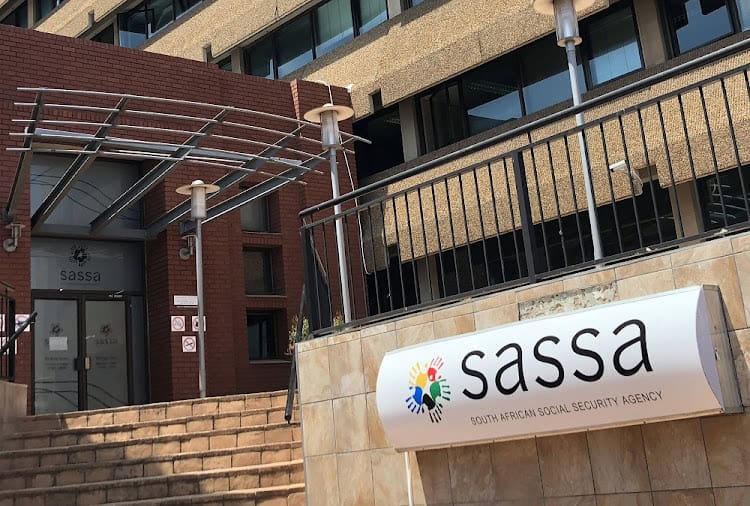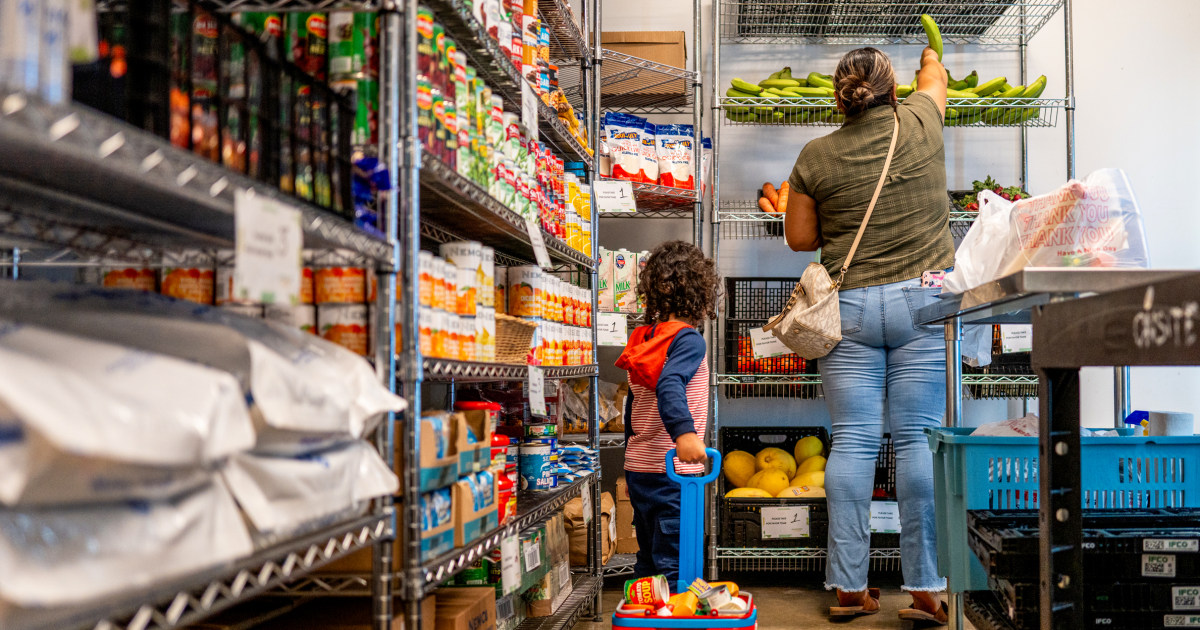Report on SASSA October 2025 Grant Disbursements and Alignment with Sustainable Development Goals
1.0 Introduction and Payment Schedule
The South African Social Security Agency (SASSA) has commenced its October 2025 social grant disbursements, providing essential financial support to over 28 million beneficiaries. This initiative is a cornerstone of the national strategy to achieve key Sustainable Development Goals (SDGs), particularly in the face of rising inflation. The payment distribution is structured to ensure efficiency and prioritise vulnerable groups, directly supporting SDG 10 (Reduced Inequalities).
- Older Persons Grant: Disbursed on October 2, 2025.
- Disability Grant: Disbursed on October 3, 2025.
- Children’s Grants: Disbursed on October 6, 2025.
2.0 Financial Adjustments and Contribution to SDG 1 (No Poverty)
In response to a 4.4% Consumer Price Index (CPI) increase, a R10 adjustment has been implemented across most grants, effective October 2025. This measure aims to protect the purchasing power of beneficiaries, directly addressing SDG 1 (No Poverty) by mitigating the impact of economic pressures on low-income households. The updated grant amounts are as follows:
- Older Persons Grant: R2,290
- Disability Grant: R2,290
- Child Support Grant: R530
While advocacy groups note that these increments may be insufficient against rising living costs, they represent a governmental effort to uphold the social safety net, which annually lifts an estimated 3 million people out of extreme poverty.
3.0 Broader Impact on Sustainable Development Goals
The social grant system, governed by the Social Assistance Act of 2004, serves as a critical tool for advancing multiple SDGs through its annual distribution of over R200 billion.
- SDG 2 (Zero Hunger): Grants are fundamental for household food security, enabling beneficiaries to purchase basic sustenance.
- SDG 3 (Good Health and Well-being): Funds are frequently allocated to medical care, and the specific grants for older persons and individuals with disabilities ensure support for their unique health needs.
- SDG 4 (Quality Education): The grants empower families to cover school fees, directly contributing to children’s continued access to education.
- SDG 8 (Decent Work and Economic Growth): The disbursement injects significant capital into local economies, with the Older Persons Grant alone contributing an estimated R65 billion in October. This stimulates spending in rural and township areas with high unemployment, such as the Eastern Cape and KwaZulu-Natal.
- SDG 10 (Reduced Inequalities): The system functions as a primary mechanism for wealth redistribution, targeting poverty in a nation where it affects 55% of the population.
4.0 Institutional Integrity and Operational Measures (SDG 16)
SASSA’s operational framework demonstrates a commitment to SDG 16 (Peace, Justice, and Strong Institutions). Beneficiaries can access funds through a variety of secure channels, including post offices, ATMs, and designated retail points. To further strengthen institutional integrity, SASSA has issued public warnings against fraudulent activities, where criminals impersonate officials to solicit fees or banking details. The agency has emphasised that it never requests payment for services and encourages the public to report suspicious activity. The management of over 1,200 fraud cases in the first half of 2025 underscores the agency’s efforts to protect beneficiaries and maintain a just and reliable system.
Analysis of Sustainable Development Goals in the Article
1. Which SDGs are addressed or connected to the issues highlighted in the article?
-
SDG 1: No Poverty
The article directly addresses SDG 1 by focusing on the South African Social Security Agency (SASSA) social grants, which are a primary mechanism for poverty alleviation. The text states that these grants are the “cornerstone of South Africa’s social safety net, distributing over R200b annually to combat poverty affecting 55% of the population” and that they “lift 3m people out of extreme poverty annually.”
-
SDG 10: Reduced Inequalities
The article connects to SDG 10 by detailing how the grant system targets specific vulnerable and marginalized groups to reduce economic disparity. It mentions dedicated grants for “Older Persons,” “Disability,” and “Children,” which are designed to provide a financial floor for those who may face economic exclusion due to age or disability. The adjustments for inflation also aim to maintain the purchasing power of these groups, thus addressing inequality.
-
SDG 16: Peace, Justice and Strong Institutions
This goal is relevant through the article’s discussion of the institutional framework of SASSA. The agency’s efforts to ensure a “fixed payment schedule,” provide multiple access points (ATMs, retail points), and offer communication channels like a toll-free line demonstrate a focus on effective and accessible institutions. Furthermore, the warnings against scams and the mention of “over 1 200 fraud cases” highlight the challenge of maintaining secure and accountable systems, which is a core aspect of SDG 16.
2. What specific targets under those SDGs can be identified based on the article’s content?
-
Under SDG 1: No Poverty
- Target 1.3: Implement nationally appropriate social protection systems and measures for all, including floors, and by 2030 achieve substantial coverage of the poor and the vulnerable.
Explanation: The entire article is about the implementation of South Africa’s social grant system, which is a direct example of a social protection system. The text explicitly mentions its wide reach (“over 28m beneficiaries”) and its focus on the vulnerable, including the elderly, disabled, and children, making this target directly applicable.
- Target 1.3: Implement nationally appropriate social protection systems and measures for all, including floors, and by 2030 achieve substantial coverage of the poor and the vulnerable.
-
Under SDG 10: Reduced Inequalities
- Target 10.2: By 2030, empower and promote the social, economic and political inclusion of all, irrespective of age, sex, disability, race, ethnicity, origin, religion or economic or other status.
Explanation: The grants are designed to promote the economic inclusion of specific groups. The article highlights priority payments for “senior and disability recipients to accommodate potential mobility challenges” and notes the funds are vital for “school fees, medical care, and basic sustenance,” thereby enabling participation in society. - Target 10.4: Adopt policies, especially fiscal, wage and social protection policies, and progressively achieve greater equality.
Explanation: The SASSA grant system is a key social protection policy. The article details a specific policy action: a “R10 increase across most grants… to counter the 4.4% Consumer Price Index (CPI) rise.” This is a clear example of a fiscal policy adjustment aimed at achieving greater economic equality by protecting beneficiaries from inflation.
- Target 10.2: By 2030, empower and promote the social, economic and political inclusion of all, irrespective of age, sex, disability, race, ethnicity, origin, religion or economic or other status.
-
Under SDG 16: Peace, Justice and Strong Institutions
- Target 16.6: Develop effective, accountable and transparent institutions at all levels.
Explanation: The article describes SASSA’s operational effectiveness through its “fixed payment schedule” and “track record of minimal delays.” It also touches on accountability and transparency by mentioning the various ways beneficiaries can check their status (Moya app, toll-free line) and the agency’s public warnings against fraud, which shows an effort to be accountable to the people it serves.
- Target 16.6: Develop effective, accountable and transparent institutions at all levels.
3. Are there any indicators mentioned or implied in the article that can be used to measure progress towards the identified targets?
-
For Target 1.3 (Social protection coverage)
- Indicator 1.3.1: Proportion of population covered by social protection floors/systems.
Explanation: The article provides specific data points that can be used for this indicator. It states that SASSA provides support to “over 28m beneficiaries” and that the grants combat poverty affecting “55% of the population.” It also specifies the number of people lifted out of extreme poverty (“3m people… annually”).
- Indicator 1.3.1: Proportion of population covered by social protection floors/systems.
-
For Target 10.4 (Adoption of social protection policies)
- Implied Indicator: Value of social protection transfers as a proportion of the national budget or GDP.
Explanation: The article provides concrete financial figures that serve as indicators of the scale of this policy. It mentions the system distributes “over R200b annually,” the “Older Persons payout alone is expected to inject R65b into the economy,” and provides the exact monetary values of the grants (e.g., “Older Persons Grant at R2 290”). The “R10 increase” to counter the “4.4% CPI rise” is a specific metric of policy responsiveness.
- Implied Indicator: Value of social protection transfers as a proportion of the national budget or GDP.
-
For Target 16.6 (Effective and accountable institutions)
- Implied Indicator: Measures of institutional effectiveness and public trust.
Explanation: While not a formal survey, the article implies measures of effectiveness with the statement “SASSA’s track record of minimal delays offers reassurance.” Conversely, the mention of “over 1 200 fraud cases reported in the first half of 2025” serves as a negative indicator, highlighting challenges in institutional accountability and security that need to be addressed.
- Implied Indicator: Measures of institutional effectiveness and public trust.
4. Table of SDGs, Targets, and Indicators
| SDGs | Targets | Indicators Identified in the Article |
|---|---|---|
| SDG 1: No Poverty | 1.3: Implement nationally appropriate social protection systems and measures for all, including floors, and by 2030 achieve substantial coverage of the poor and the vulnerable. |
|
| SDG 10: Reduced Inequalities | 10.4: Adopt policies, especially fiscal, wage and social protection policies, and progressively achieve greater equality. |
|
| SDG 16: Peace, Justice and Strong Institutions | 16.6: Develop effective, accountable and transparent institutions at all levels. |
|
Source: citizen.co.za






